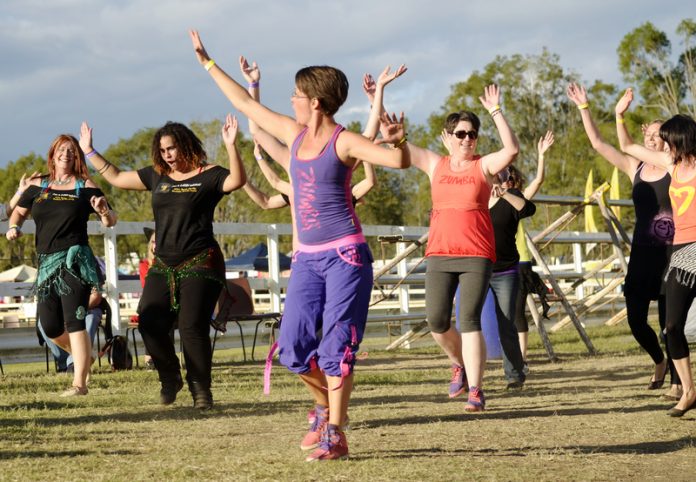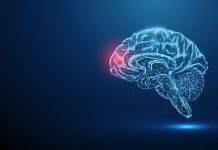More than half (56%) of Brits have agreed with Prime Minister plans for GP’s to prescribe dance classes to patients as part of a scheme to combat loneliness
The data, collated by YouGov, found those already with an interest in dance also support the plans, with more than two thirds (69%) agreeing to Prime Minster Theresa May’s plans.
To explore the health and wellbeing benefits of dancing, London-based adult education college, City Lit, has been speaking to two health and fitness experts, Dr Khan, a GP with 30 years’ experience specialising in anti-ageing, and co-founder of the famous Harley Street Skin Clinic, and Tim Allardyce, a chartered physiotherapist at Surrey Physio, about the benefits of dancing for the older generation, and how it can make us look and feel younger.
It keeps you active
This might be an obvious one for some, but as we get older, staying active can help us to live longer and give us a better quality of life. Dr Khan says the physical aspects of dance mean it’s great exercise for your physical health, such as heart health, as well as cardiovascular, motor and aerobic fitness. The majority of dance is also low impact, so you can get your heart rate up without worrying about damaging your joints or other parts of your body.
It’s great for bone density
Dancing is also a great way to improve bone strength. Tim Allardyce says that as we get older, we naturally start to lose bone density, and some people can develop osteoporosis, which is a weakening of the bone. Exercise like dancing is great for increasing bone density and helping to keep bones and joints strong. It’s also great for flexibility, especially in the arms and shoulders, which are more prone to stiffness the older we get. Dancing encourages us to lift our arms and use rotation to improve mobility in our back and shoulders.
It improves your balance
Co-ordination and balance are two other things that dancing helps to improve. Tim says that as we age, we become more prone to falling. Dancing builds leg strength and improves our balance, in turn making it less likely for us to suffer from a fall. Regular dancing will improve the strength and endurance of your legs, helping to improve your balance.
It’s great for mental health
As well as many physical benefits, dance is also great for mental health. Dr Khan believes that dancing regularly is a fantastic way to reduce the risk of illnesses that are more common in older people, such as Alzheimer’s and dementia. The brain work and memory exercises involved in dancing keep the brain active and therefore keep it healthy.
Getting social
Reducing the risk of illness isn’t the only mental benefit associated with dancing. The social aspect can be fantastic for older people (and anyone else!), particularly if they are susceptible to feeling lonely. Meeting up with likeminded people on a regular basis is great for combatting loneliness, reducing low mood as well as stimulating cognitive and social skills, according to Dr Khan.
If you’re feeling inspired to take up ballroom dancing, visit https://www.citylit.ac.uk/courses/performing-arts/dance to see City Lit’s full range of dance courses.











